Table of content
Introduction
Dumplings, a beloved culinary delight enjoyed across continents, are a testament to the art of balancing flavor, texture, and tradition. Whether steamed, fried, or boiled, these bite-sized parcels of joy require a careful selection of ingredients to achieve their signature taste and appearance. This article delves into the essential components needed to create delectable dumplings, paired with visual cues to inspire both novice cooks and seasoned chefs. From the dough that forms the foundation to the vibrant fillings that burst with flavor, we’ll explore every element required to master this timeless dish.
The Dough: Building the Foundation
The dumpling wrapper, or skin, is the canvas upon which culinary creativity unfolds. Its texture—delicate yet durable—hinges on two simple ingredients: flour and water, often enhanced with a pinch of salt for flavor.
-
Flour:
- All-Purpose Flour: The most versatile choice, offering a neutral taste and pliable texture. Its moderate protein content (around 10-12%) creates a balance between chewiness and tenderness.
- Bread Flour: For a chewier wrapper, bread flour’s higher protein content (12-14%) adds elasticity, ideal for pan-fried or boiled dumplings.
- Cake Flour: A lower-protein alternative (7-8%) yields a softer, more tender skin, perfect for steamed dumplings like har gow.
Visual Inspiration: Imagine a bowl of silky-smooth dough, its surface gleaming under soft lighting. A close-up of flour particles swirling in water, captured mid-emulsion, symbolizes the alchemy of hydration.
-
Water:
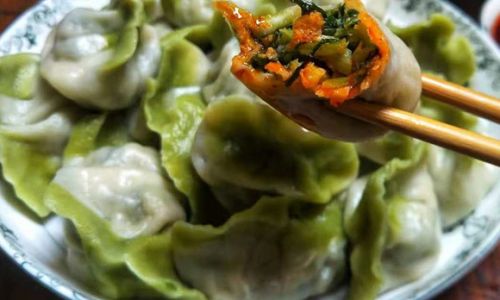
- Room-temperature water is standard, but some recipes call for hot water (80–90°C/175–195°F) to create a silkier texture, common in translucent shrimp dumplings.
-
Salt:
A teaspoon of salt per cup of flour enhances the dough’s flavor and tightens gluten strands for better elasticity.
Pro Tip: For golden-hued wrappers, add a pinch of turmeric or a few drops of food-safe yellow coloring.
The Filling: A Symphony of Flavors
The heart of any dumpling lies in its filling, a medley of proteins, vegetables, and aromatics. Below are the cornerstone ingredients:
Proteins
-
Ground Pork:
The most traditional choice, pork’s fatty richness complements lighter vegetables. Opt for a 70% lean, 30% fat ratio for juiciness.
-
Chicken or Turkey:
- Leaner options that benefit from added moisture, such as grated ginger or chicken stock.
-
Shrimp:
For seafood dumplings, use fresh or frozen shrimp, peeled and finely chopped. Pair with bamboo shoots for crunch.
-
Tofu:
Crumbled firm tofu, mixed with mushrooms and carrots, creates a vegetarian filling with umami depth.
Visual Inspiration: A vibrant platter of minced shrimp, glistening with marinade, alongside julienned carrots and chopped chives. A spoon drizzling sesame oil over the mix adds a golden sheen.
Vegetables
-
Cabbage:
Napa cabbage, salted and drained, prevents sogginess. Its mild sweetness balances bold flavors.
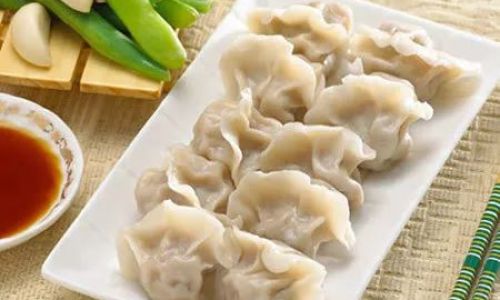
-
Chives:
Garlic chives or green onions add a pungent kick. Chop finely to avoid puncturing the dough.
-
Mushrooms:
Shiitake or wood ear mushrooms contribute earthy notes. Rehydrate dried varieties for intense flavor.
-
Spinach:
Blanch and squeeze dry to remove excess moisture. Its vibrant green color contrasts beautifully with pale wrappers.
Pro Tip: For visual appeal, incorporate colorful vegetables like diced red bell peppers or grated beets.
Aromatics and Seasonings
-
Ginger and Garlic:
Freshly grated ginger (1 tsp per pound of meat) and minced garlic (1 clove) elevate the filling’s aroma.
-
Soy Sauce:
Light soy sauce (1–2 tbsp) seasons the mix without overwhelming it.
-
Sesame Oil:
A drizzle (1 tsp) adds nutty richness.
-
White Pepper:
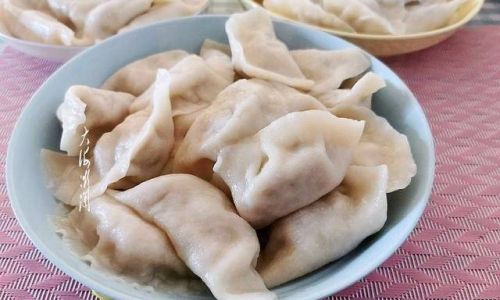
A pinch offers warmth without the heat of black pepper.
-
Egg:
A beaten egg (1 per pound of meat) acts as a binder, ensuring fillings hold together during cooking.
Visual Inspiration: A mortar and pestle filled with crushed ginger and garlic, surrounded by soy sauce bottles and sesame oil droplets frozen mid-splash.
Dipping Sauces: Elevating the Experience
No dumpling is complete without a complementary sauce. These condiments enhance flavor and add a visual pop:
-
Classic Soy-Vinegar Dip:
Combine equal parts soy sauce and rice vinegar. Add sliced chili peppers or cilantro for color.
-
Chili Oil:
Homemade chili oil, infused with star anise and Sichuan peppercorns, adds fiery red hues.
-
Black Vinegar and Ginger:
A tangy-sweet sauce made with Chinese black vinegar and fresh ginger julienne.
-
Peanut Sauce:
For a creamy twist, blend peanut butter with lime juice, soy sauce, and honey.
Visual Inspiration: A rainbow of sauces in small ceramic bowls, each garnished with a single herb sprig or chili slice.
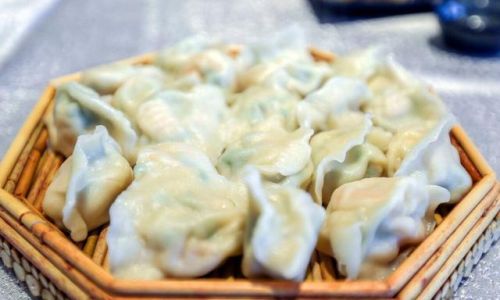
Tools and Equipment: Crafting with Precision
While dumplings can be made with minimal tools, the right equipment streamlines the process:
-
Dumpling Press:
A wooden or plastic mold that shapes and seals dumplings in seconds.
-
Rolling Pin:
- A slender French-style pin or a thicker Chinese zhangpin for even dough thickness.
-
Bamboo Steamer:
Line with parchment or cabbage leaves to prevent sticking. The steam imparts a subtle bamboo aroma.
-
Spider Strainer:
Essential for lifting dumplings from boiling water without breaking their delicate skins.
Visual Inspiration: A rustic kitchen countertop with a dumpling press, rolling pin, and steamer baskets arranged artfully. A hand mid-pleat, capturing the folds of a dumpling.
Visual Storytelling: Styling Your Dumpling Ingredients
Photographing dumpling ingredients is an art form. Here’s how to capture their essence:
-
Lighting:
Use natural light to highlight the textures of fresh herbs or the gloss of marinated meat.
-
Composition:
Arrange ingredients in a circular or radial pattern around a central dumpling. Include props like chopsticks, bowls, and steam effects.

-
Color Contrast:
Pair red chili flakes with green cilantro, or golden dumpling skins with jewel-toned fillings.
-
Action Shots:
Capture a hand sealing a dumpling or steam rising from a bamboo steamer.
Pro Tip: For a modern twist, style ingredients on a marble slab or weathered wooden board. Add a sprinkle of flour or a drizzle of oil for dynamic texture.
Troubleshooting Common Issues
-
Tough Dough:
Overkneading develops gluten. Rest the dough for 30 minutes to relax.
-
Soggy Fillings:
Squeeze excess liquid from vegetables. Cook fillings briefly to evaporate moisture.
-
Uneven Cooking:
Steam dumplings in a single layer. For boiled dumplings, add them to boiling water gradually to maintain temperature.
Conclusion
Crafting dumplings is a dance between tradition and creativity. By mastering the interplay of ingredients—from the humble flour to the vibrant fillings—you unlock endless possibilities. Whether you’re a purist adhering to ancestral recipes or an innovator blending global flavors, the key lies in sourcing quality ingredients and presenting them with flair. So gather your apron, roll up your sleeves, and let the sizzle of a steaming basket or the crackle of a pan-fried dumpling inspire your next culinary masterpiece.
Final Visual: A platter of dumplings, each perfectly pleated, garnished with microgreens and edible flowers. A bowl of dipping sauce mirrors their shapes, creating a harmonious tableau of texture and color.
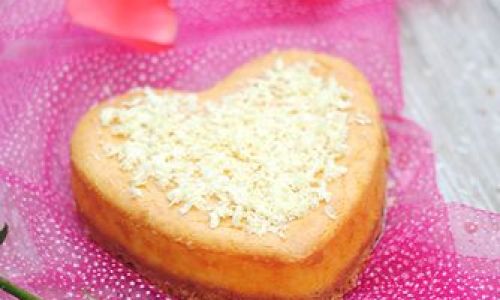
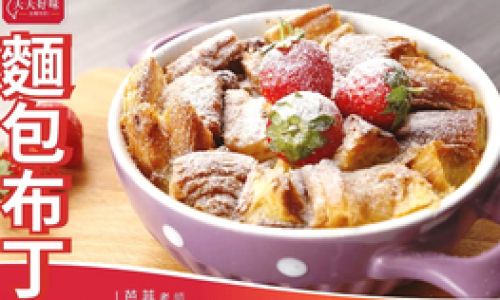
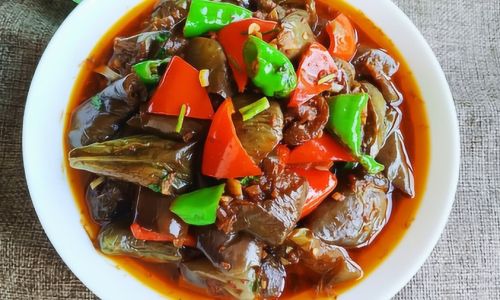
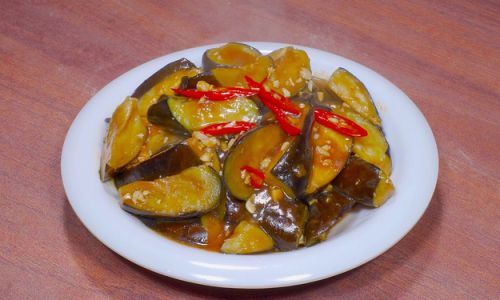
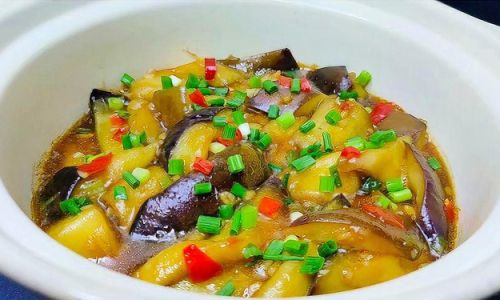
0 comments